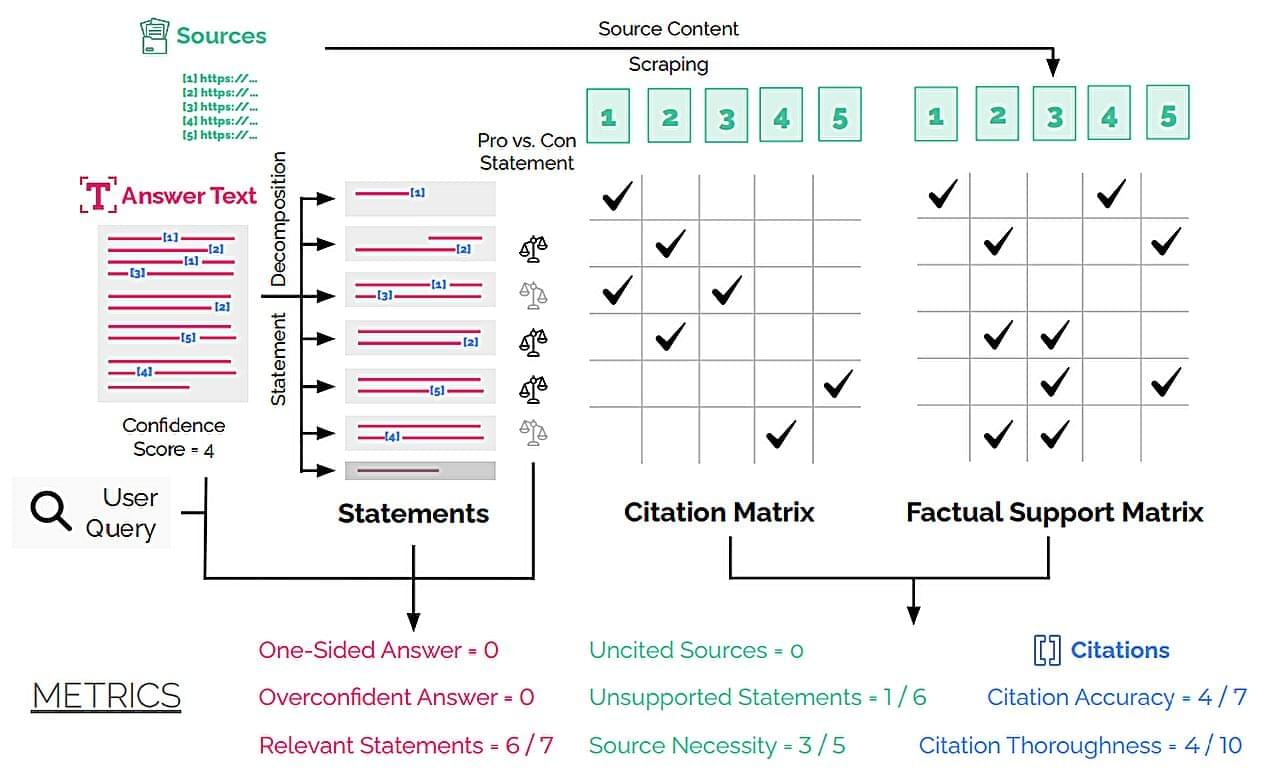Researchers at the Indian Institute of Technology Gandhinagar, in collaboration with Sri Sri Institute of Advanced Research and Fortis Escort Heart Institute, report that rhythmic breathing in Sudarshan Kriya Yoga (SKY) produces measurable shifts in brain rhythms associated with deep relaxation. The team finds that SKY practice increases theta and delta brain activity while reducing alpha power.
Rising rates of stress, anxiety, and depression combined with limited access to professional care have created a desire for low-cost, self-managed approaches to mental health.
Previous investigations into yoga, meditation, and breathing exercises have documented improvements in mood, fatigue, emotional processing, and executive brain functions. Meditation practices have been linked to structural and functional changes in neural networks governing attention, self-referential processing, and emotion regulation.







